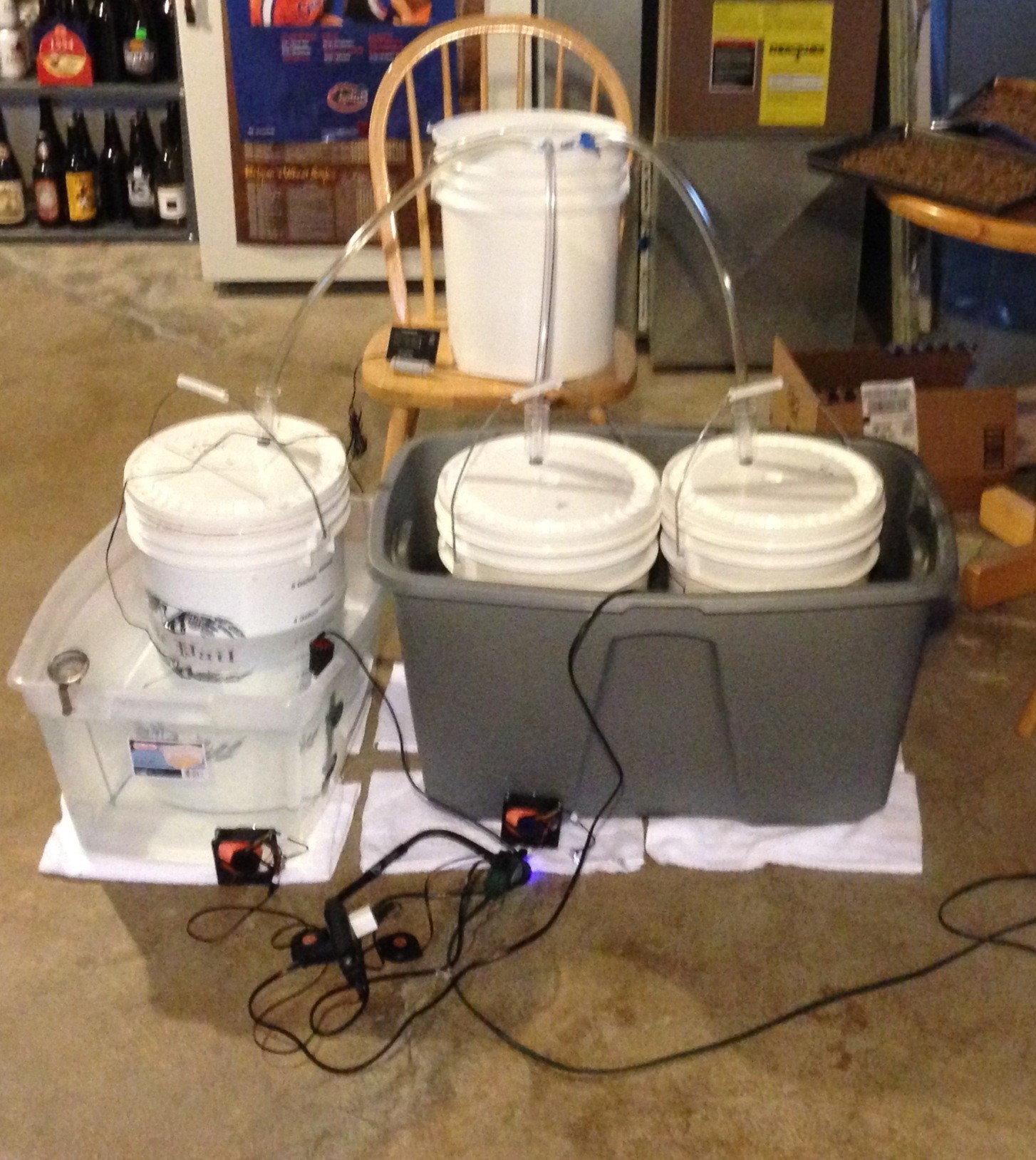I will be making a couple batches with some rinsed Wyeast 1056 and the temperature range is 60-72F. I don't have temperature control, but what I do have is a basement at 57F and a dining room at 69F. Now I know that it will be warmer inside the fermenter while it's fermenting, so I'm assuming I could keep it in the basement (elevated off the floor to avoid sucking the heat out through the freezing cold floor) and have it ferment about 60F. Or I could keep it in the dining room, where the temp swings from 65F-69F.
Given those options, where would you put it? And would you keep it there the entire time or move it to one temp or the other after the active part of the fermentation.
Thanks!
Given those options, where would you put it? And would you keep it there the entire time or move it to one temp or the other after the active part of the fermentation.
Thanks!


























































